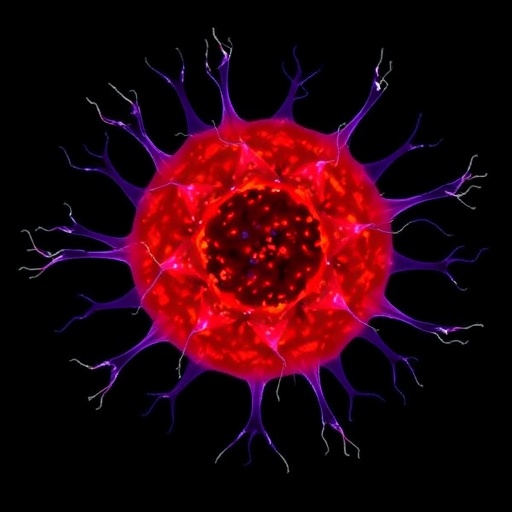ATLANTA — The investigational therapeutic umbralisib, which targets the molecule PI3K-delta, was well tolerated and highly active in patients with relapsed/refractory marginal zone lymphoma, according to early results from the UNITY-NHL phase II clinical trial, which were presented at the AACR Annual Meeting 2019, March 29-April 3.
As of October 20, 2018, 55 percent of patients who had at least six months of follow-up had a partial or complete response following umbralisib treatment. The median duration of response had not been reached. Updated data will be presented at the meeting, according to Nathan H. Fowler, MD, associate professor of medicine and director of clinical research in the Department of Lymphoma/Myeloma at The University of Texas MD Anderson Cancer Center in Houston.
In January 2019, the U.S. Food and Drug Administration (FDA) granted umbralisib breakthrough therapy designation for the treatment of adults with marginal zone lymphoma who have received at least one anti-CD20 treatment. Breakthrough therapy designation is an FDA strategy to expedite assessment of therapeutics for life-threatening diseases such as cancer.
“Marginal zone lymphoma is an uncommon, slow-growing type of non-Hodgkin lymphoma,” said Fowler. “Rituximab, either alone or in combination with chemotherapy, has improved outcomes for patients, but in most cases the disease eventually relapses, and these individuals have limited treatment options.
“Umbralisib is a small-molecule inhibitor that targets PI3K-delta, which is a component of a signaling pathway that has a key role in promoting the survival and expansion of many types of cells, and has also been shown to uniquely inhibit CK1 epsilon,” continued Fowler. “Our exciting results suggest that this oral targeted therapeutic has significant activity against relapsed/refractory marginal zone lymphoma and offers hope for patients.”
As of October 20, 2018, 69 patients with relapsed/refractory marginal zone lymphoma had been enrolled on the trial and received 800 milligrams of umbralisib orally once daily until disease progression or unacceptable toxicity. At that time, 38 patients had at least six months of follow-up.
Among the 38 patients, the median follow-up time was 9.6 months. Four had a complete response and 17 had a partial response, as assessed by the investigators, for an overall response rate of 55 percent. An additional 11 patients had stable disease, for a clinical benefit rate (complete response, partial response, and stable disease) of 84 percent. Progression-free survival at 12 months was 71 percent.
The most common adverse event of any grade was diarrhea, which affected 45 percent of the 38 patients. Nausea, fatigue, headache, cough, and decreased appetite affected between 20 percent and 30 percent of patients. The most common grade 3/4 adverse events were neutropenia, febrile neutropenia, and diarrhea, which affected 8 percent, 5 percent, and 5 percent of the 38 patients, respectively. No events of colitis or pneumonitis had been reported.
“All the adverse events we have seen in the trial are to be expected with this class of drugs,” said Fowler. “Moreover, we were able to manage the side effects for the patients, making umbralisib a well-tolerated treatment.
“The adverse event and clinical activity data are highly encouraging at this early timepoint,” added Fowler. “We are excited to continue following patients for a longer time to further establish the long-term activity and side effects of umbralisib. With the results reported so far, umbralisib has the potential to make a real difference for patients with relapsed/refractory marginal zone lymphoma.”
According to Fowler, the main limitations of the data presented are that it was based on a small number of patients and a short follow-up time.
###
This study was funded by TG Therapeutics. Fowler serves on scientific advisory boards for TG Therapeutics, Bayer, Gilead Sciences, and Verastem Oncology; he also receives research funding from TG Therapeutics.
Media Contact
Julia Gunther
[email protected]




